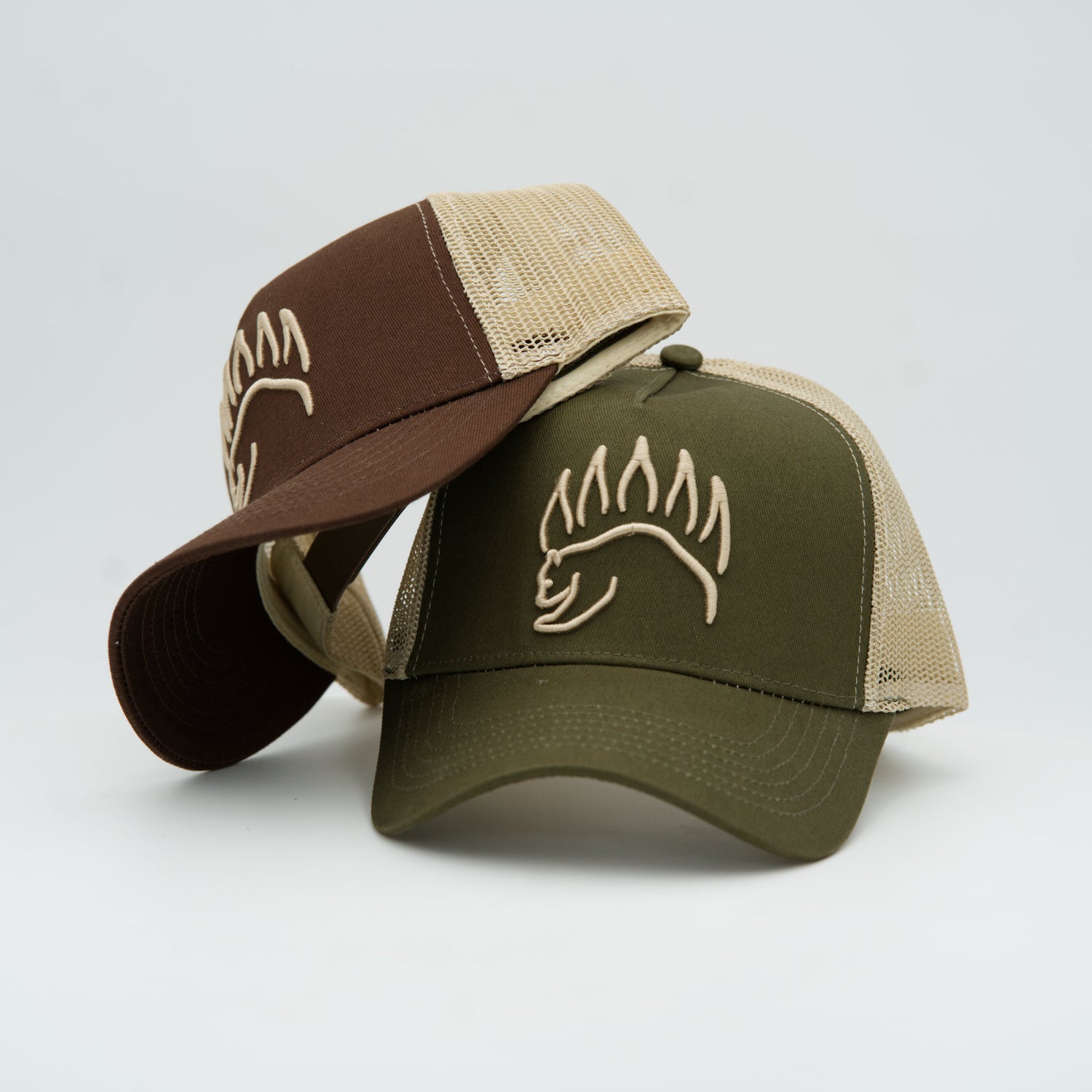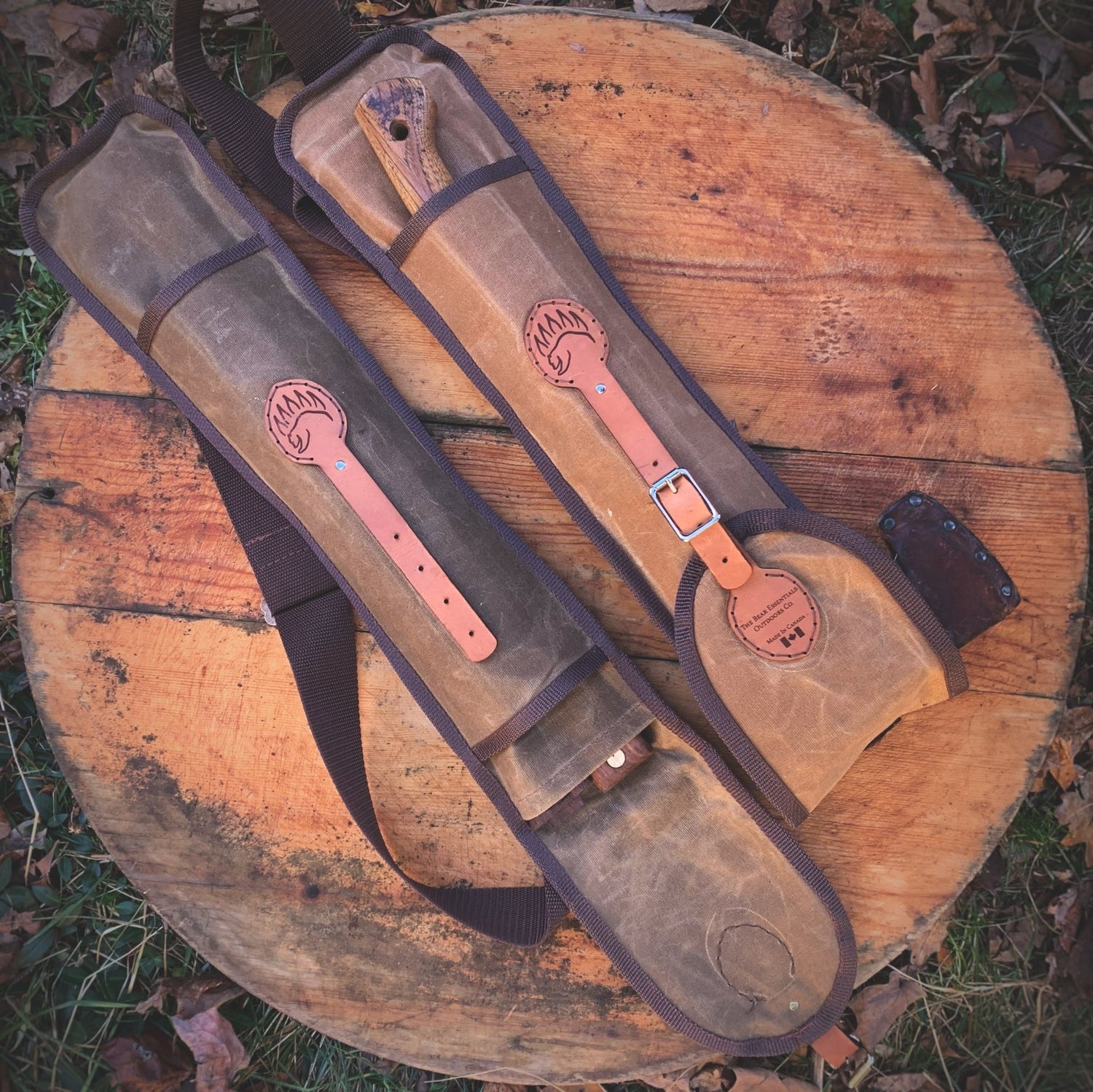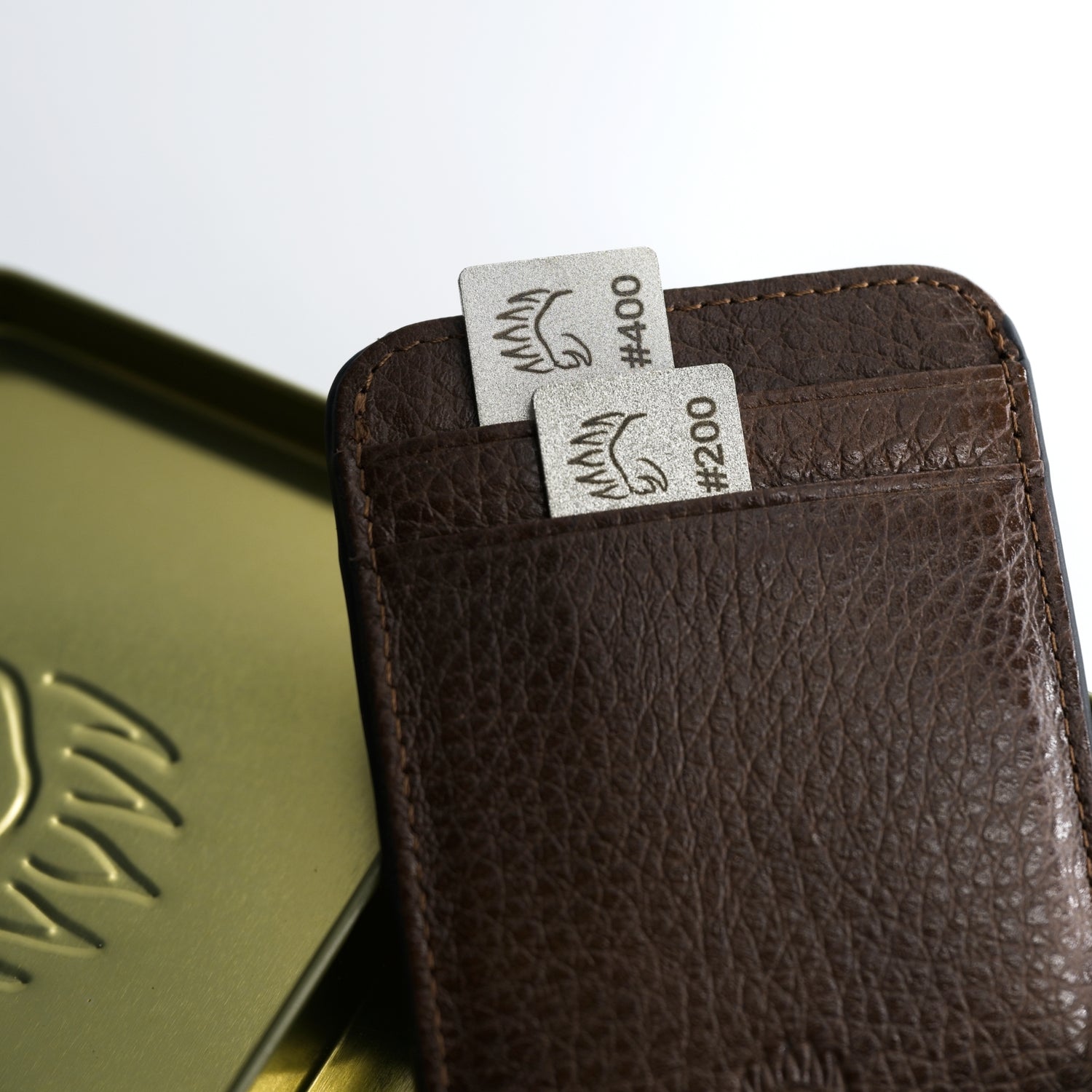If the bowline is the king of loop knots, then the best rope for bowline duty is its throne. Get the rope wrong and the same knot that’s famous for biting hard and untying clean can feel fickle—slipping on slick fibers, stretching at the worst moment, or sun-rotting when you need it most.
In this guide, I’ll help you choose the right line for the job: we’ll compare nylon vs polyester rope, talk honest pros/cons of polypropylene rope (from poly rope to pp rope and unmanila rope), flag where Dyneema ropes (HMPE) shine and where bowlines misbehave, and simplify construction choices like 3-strand, double braid, hollow braid rope, and kernmantle. By the end, you’ll know exactly which rope to feed your bowline—and why.
TL;DR
- All-around pick for most people: Polyester double-braid. UV-tough, low stretch, grippy hand, bowlines, dress and stay neat.
- If shock loads are involved (dock surges, anchor snatch, vehicle jerks): Nylon 3-strand or double-braid. More elastic so it cushions hits; just remember nylon stretches more and loses some strength when wet—belt-and-suspenders with backups.
- If you need a sliding noose: Same rope choices but tie a running bowline; avoid ultra-slick HMPE unless you really know your finishes.
- Budget/utility: Polypropylene rope floats and is cheap—but UV is poor and stiffness creeps in with age; treat it as seasonal or temporary hardware.
-
Climbing/work-at-height: Use certified kernmantle (dynamic or low-stretch) per standards. Bowline variants are expert-only and always backed up; many programs default to a figure-8 for inspectability.
What is the Best Rope For Bowline? (Nylon vs Polyester vs Polypropylene vs HMPE)
The “right” rope depends on the job, the environment, and how your bowline will be loaded. Here’s the short course:
- Polyester (PET) — The everyday winner. Lower stretch than nylon, excellent UV resistance, good abrasion behavior, and a surface that takes a bowline well. If you want loops that stay the same size and a boatload of durability in sun and grit, polyester is your set-and-forget choice.
- Nylon (PA) — The shock absorber. Great abrasion resistance and a forgiving hand, with elastic stretch that protects hardware, cleats, and frames when forces spike. Ideal for best dock lines and anchor rodes. Downsides: more stretch (your perfectly tuned rigging can change under load) and reduced strength when wet (plan margin).
- Polypropylene (PP) — The budget floater. Lightweight, poly rope floats (handy around water), and you’ll find it everywhere as twisted polypropylene rope, braided polypropylene rope, hollow braid polypropylene rope, and even polypropylene cord for light craft. Trade-offs: weakest UV resistance, stiffer with age, and more prone to slip and “memory” coil. Good for temporary utility, tarps, kids’ projects, and basic tie-downs—not where you need a bowline to hold through months of sun and vibration. If you like natural-fiber aesthetics but want plastic durability, unmanila rope (polypropylene made to look like manila) offers the look—just treat it like PP performance-wise.
-
HMPE (Dyneema®/Spectra®) — Ultra-high strength, ultra-low stretch, ultra-low friction. Fantastic fiber… but bowlines can migrate on this slick stuff unless you use expert finishes, tight dressing, and backups. For many HMPE scenarios, splices or hardware terminations beat knots. If you must tie a bowline in dyneema ropes, treat security like a system: add a Yosemite finish, set the knot hard, and use a stopper tight against the collar—then monitor it.
Quick reality: If you’re asking the internet “what’s the best rope for bowline?” and you’re not doing specialized racing or rescue, the answer is polyester double-braid nine times out of ten.

Bowline + Rope Fundamentals: Stretch, Wet Strength, UV, Slickness
A bowline is a fixed, non-slipping loop that unties easily—as long as the rope cooperates. Here’s what changes the behavior:
-
Stretch (elongation):
- Good when you want shock absorption (nylon dock lines protect cleats and your hull).
- Bad when you need precision (ridgelines that sag overnight or mooring loops that “grow” under surge).
- Wet strength: Nylon loses more strength when water-soaked than polyester. Plan your safety margin if your bowline will live wet.
- UV & weather: Polyester shrugs off sun better than nylon, and polypropylene rope is the weakest in UV. If your bowline lives outdoors, fiber choice matters as much as the knot.
-
Surface “hand” (slickness/stiffness): More supple, slightly textured covers tend to hold knots better. Brand-new glossy ropes—or very slick HMPE covers—demand immaculate dressing and backups.
Use-Case Picks: Dock Lines, Running Rigging, Camping Ridgelines, Yard Work
Boating: Best Dock Lines and Anchor Duties
- Dock lines (best dock lines): Nylon 3-strand is the classic—cheap, stretchy, easy to splice, great at soaking up wake surge. Nylon double-braid is tidier and stronger per diameter but still gives you cushion. Tie bowlines with generous tails and stopper knots if the line will live in motion.
- Running rigging (sheets/halyards): Polyester double-braid wins: low stretch for crisp sail control, UV-tough, bowlines that dress compactly and untie after flogging.
-
Anchor lines: Nylon for the same shock-absorbing reasons. Where hardware is abusive or snatch loads are real, the system is safer with nylon plus a chain leader.
Camping: Ridgelines, Tarp Corners, Bear-Bags
- Ridgelines/tarp corners: You want a loop that won’t slowly cinch or stretch. Polyester double-braid provides low elongation and a hand that “sets” a bowline beautifully. Nylon works but can “bed in” after first load—re-check tails and tension.
-
Bear-bags & hoists: Polyester or soft-hand nylon both work; with slick cordage, add a Yosemite finish and stopper so the loop stays the size you tied.
Yard Work and Utility: Pulls, Bundles, Temporary Loops
- General pulls/hauls: Polyester double-braid gives predictable loops that don’t wander.
- Shocky pulls (sleds, jerky loads): Nylon helps your knot and your hardware survive.
-
Running bowline (you want the loop to slide): Use the same fibers; avoid ultra-slick HMPE unless you’ve mastered secure finishing.
Construction Matters: 3-Strand vs Double Braid vs Kernmantle
- 3-Strand (Laid): Forgiving, easy to splice, and “grippy.” Nylon 3-strand is the dock-line staple because its twist plus stretch eats shock loads. Bowlines bulk up nicely and are easier for new hands to dress.
- Double Braid: A braided cover over a braided core. Strong for its size, coils neatly, and if you choose polyester double-braid, you get low stretch + great UV. Bowlines tie compact and tidy; just dress them well.
- Single/Hollow Braid: Common in hollow braid polypropylene rope and some poly utility lines. Super flexible and spliceable, but knot security varies a lot with the fiber. Bowlines work on decent-hand polys; UV and stiffness over time are the limiting factors.
-
Kernmantle (climbing/rescue): A load-bearing core (kern) under a protective mantle. Dynamic (stretchy) ropes for falls; low-stretch/static ropes for hauling and fixed lines. Bowline variants are used by experienced practitioners but always backed up; many organizations enforce figure-8s because they’re easier to inspect at a glance.
HMPE or Dyneema Ropes: Why Bowlines Slip And What to Do Instead
HMPE is magic fiber—ridiculously strong, feather-light, barely stretches. It’s also slick, and under vibration or slack-tension cycles a plain bowline can relax or migrate. If your heart is set on using a bowline with Dyneema ropes:
- Dress the knot meticulously—no twists, snug everything hard.
- Add a Yosemite finish to resist capsizing.
- Lock it with a double overhand stopper jammed right against the bowline.
- Consider a double bowline base for more friction.
- Inspect frequently.
Better yet, splice HMPE or terminate with appropriate hardware. Save bowlines for fibers and covers that play nicer with friction.
Polypropylene Rope, Sizes and Styles: What to Expect in the Real World
Let’s talk poly rope honestly, because it’s everywhere:
- Twisted polypropylene rope (twisted poly rope): The cheap, bright yellow utility line you’ve seen at every hardware store. It floats, it’s light, and a bowline will usually behave if the rope is fresh and you dress it firmly. Over time, sun and heat make it stiff and “squeaky,” which hurts knot security.
- Braided polypropylene rope / diamond braid polypropylene rope: Braided constructions handle nicer than basic twisted, but the fiber’s UV weakness remains. Inspect frequently if left outside.
- Hollow braid polypropylene rope: Very easy to splice (even with a ballpoint pen), super flexible, and common in craft or light utility. As it ages, surface slickness plus stiffness can nudge a bowline loose—tie a tight stopper and keep loads low.
- Polypropylene cord / polypropylene macramé cord: Great for crafts and decorative lashings. If you tie bowlines in macramé cord for hanging planters, keep loads modest and indoors or shaded—the cord will thank you.
- “Unmanila rope” (a.k.a. ProManila): Polypropylene dressed up to look like natural manila. It’s popular for decorative railings and nautical vibes. Treat it as PP: nice look, but not your forever outdoor workhorse.
-
Common diameters: If you’re using 3/8 polypropylene rope for tarps or light utility, expect manageable handling—but don’t leave it baking in the sun for seasons. 5/8 polypropylene rope is beefier and easier on the hands, but the same UV caveat applies. For long-term outdoor loops, polyester outlasts PP by a mile.
Bottom line: PP is fine for temporary, budget, and float-needed use. For anything mission-critical or long-term outdoors, step up to polyester or nylon.
How Rope “Feel” Changes the Bowline
- Slick & stiff (brand-new nylon covers, HMPE blends): Dress slowly, seat everything firmly, and finish with a Yosemite + tight stopper hard against the knot.
- Soft & grippy (polyester double-braid): Your bowline will seat compact and stay put with less fuss—one reason I recommend it for most readers.
-
Stretchy systems (nylon): After the first hard load, the knot “beds in.” Re-check tail length and stopper position, especially on dock lines that saw their first real swell.
Environment and Durability Cheatsheet
- Sun/UV: Polyester ≈ best. Nylon moderate. Polypropylene worst—store out of the sun when not in use.
- Water: Nylon loses more strength when saturated; polyester stays closer to dry performance; PP floats but degrades in sun.
- Heat & friction: Polyester has a higher melting point than nylon; for winches/capstans that get warm, polyester cover is a safer bet.
-
Long static loads: HMPE can creep under constant heavy tension. Knots amplify the issue—prefer splices or hardware for long-term, high-load systems.

Which Rope For Bowline Should You Buy
-
Will it see shock loads (boats, anchors, jerky tows)?
→ Yes: Nylon. Choose 3-strand for maximum cushion or double braid for tidier handling.
→ No: Polyester double-braid for stable loops, low stretch, and UV-toughness. -
Will it live in the sun for months?
→ Yes: Favor polyester. Avoid polypropylene rope for permanent outdoor bowlines.
→ No / short-term:* PP is fine for short projects and pool/river tasks. -
Do you need the loop to slide (running bowline)?
→ Yes: Same fibers as above, but prioritize good hand (polyester) or forgiving stretch (nylon). Avoid ultra-slick HMPE unless you’re advanced. -
Climbing or work-at-height?
→ Use certified kernmantle rope (dynamic or low-stretch) and follow your discipline’s knot policies. Bowline variants are expert-only and backed up; many programs require figure-8 tie-ins for easy checks.
Bowline Tying and Finishes
- Standard bowline: Hole → up → around → down → dress → stopper if motion.
- Yosemite finish: Routes the tail to resist capsizing. Still add a stopper for best practice.
- Double bowline: Extra turn for friction/security—useful on slicker lines.
-
Running bowline: A bowline that slides (a noose built from a bowline) for logs, brush, and retrievals.
FAQs: Real-World, Straight Answers
What is the best rope for bowline loops in general use?
Polyester double-braid. It’s UV-tough, low-stretch, handles nicely, and bowlines seat and stay neat. If I had to pick one rope for most readers, that’s it.
When is nylon better than polyester for a bowline?
When you need elastic shock absorption—dock lines, anchor systems, jerky towing. Nylon protects your cleats and hardware by stretching. Just account for that stretch in your setup and re-check tails after the first surges.
Is polypropylene rope good for bowlines?
For temporary outdoor jobs, pool/river tasks (it floats), and utility lashings, sure. But long-term sun destroys PP faster than polyester, and aged PP gets stiff and slick, which hurts knot security. Use PP like a plastic zip-tie: cheap, handy, and replaceable.
Can I tie a bowline in Dyneema ropes (HMPE)?
You can, but it’s advanced work. HMPE is very slick and low-stretch, so a plain bowline can migrate under vibration. If you do it, use a Yosemite finish + tight stopper and monitor it. Splices and hardware are usually the safer, cleaner solution.
What about hollow braid rope, diamond braid polypropylene rope, and polypropylene macramé cord?
All can take a bowline, but their security tracks the fiber: new braided PP handles fine; aged/sunbaked PP gets slippery and stiff. Indoors or short-term outdoors, you’re fine. Long-term in the sun, upgrade to polyester.
Which diameter should I buy for general utility?
For hand comfort and easy tying: 3/8″ to 1/2″ is the sweet spot for many tasks. 3/8 polypropylene rope works for light chores; 5/8 polypropylene rope is friendlier on hands but heavy and still suffers PP’s UV issue. For long-term outdoor loops, choose polyester in the same diameters.
The Best Rope for Bowline: Takeaway
Don’t just tie a good bowline—feed it the right rope. If the job punches and surges, pick nylon so your gear lives to see another weekend. If you want loops that stay the size you tied them, day after day in full sun, go polyester double-braid and stop thinking about it. If it floats and feels plasticky, treat polypropylene rope like a handy, short-term helper. And if you’re tinkering with Dyneema ropes, respect the fiber: finish knots like a pro or reach for a splice.
Give your bowline the throne it deserves—and it’ll pay you back every time you pull.




